Retro Replay Review
Gameplay
Nonterraqueous delivers a puzzle-driven action experience that hinges on quick reflexes and careful planning. As the pilot of a seeker drone on a mission to destroy the planet’s master computer, you’ll navigate a vast maze of corridors teeming with hazards. Your primary offensive tool is a laser, but acquiring bombs adds a strategic layer: bombs clear larger areas and open new routes, though they require precise timing and enough psyche to deploy safely.
(HEY YOU!! We hope you enjoy! We try not to run ads. So basically, this is a very expensive hobby running this site. Please consider joining us for updates, forums, and more. Network w/ us to make some cash or friends while retro gaming, and you can win some free retro games for posting. Okay, carry on 👍)
The form-swap mechanic at swap stations is both innovative and demanding. Switching into the acid-immune chassis removes your laser and bomb capabilities, forcing you to traverse highly acidic zones by adapting your playstyle. Skilled players can avoid acid drops entirely in the standard form, but the temptation to experiment with the alternate form often pays off when tackling clusters of acid thrusters or dense enemy formations. This push-and-pull dynamic keeps the gameplay fresh and encourages multiple approaches to the same challenge.
Psyche management further deepens the experience. Psyche stations let you recharge, but overloading one destroys you instantly. This risk-reward calculus makes every visit nerve-wracking. Let your psyche dip too low and dropping a bomb fails; let it climb too high and your drone self-destructs. Balancing your psyche between these fatal thresholds becomes one of the game’s most compelling puzzles, as it interlocks with weapon usage, movement speed, and overall survivability.
The constant threat of instant death—whether from an acid drop, touching a proton thruster, or mismanaging your psyche—creates a high-stakes environment. It may seem punishing at first, but as you learn level layouts and threat patterns, the sense of mastery is deeply satisfying. Nonterraqueous rewards patience and experimentation, making every successful run feel like a genuine achievement.
Graphics
Originally designed for systems with limited color palettes, Nonterraqueous embraces a minimalist aesthetic that still manages to convey depth and atmosphere. The maze-like corridors are defined by simple lines and blocks of color, but the strong contrast between acid zones, neutral areas, and hazard markers ensures you always know where danger lurks. This clarity is critical when split-second decisions can mean the difference between progression and instant death.
Enemy and hazard sprites are functional rather than ornate. Proton thrusters and acid drops are represented with distinctive shapes and colors, making them easy to identify amid the visual noise. While modern gamers accustomed to high-definition textures might find the graphics dated, there’s a certain charm in the straightforward presentation. The visual simplicity never distracts from the core gameplay—it heightens it, in fact, by forcing your focus onto critical elements.
Swap and psyche stations are marked by unique symbols that stand out against the corridor backdrop. This design choice minimizes guesswork and helps you plan your route efficiently. Animations are limited, but the subtle flicker of acid drops and the brief flash when you fire a laser or deploy a bomb add just enough dynamism to keep the screen from feeling static.
Overall, Nonterraqueous demonstrates that compelling game design doesn’t require hyper-realistic graphics. Its restrained visual style supports rapid cognitive processing of threats and encourages you to engage deeply with its mechanics. For retro enthusiasts, these visuals are a nostalgic delight; for newcomers, they’re a lesson in clarity and functional design.
Story
At its core, Nonterraqueous tells a straightforward yet engaging tale: a rogue master computer has seized control of its home planet, and you, a lone seeker drone, must infiltrate its defenses and destroy it. This classic narrative of machine versus machine sets the stage for your mission without overcomplicating the lore. It’s the kind of premise that feels both timeless and immediately comprehensible, allowing you to focus on gameplay rather than exposition.
Despite its minimalistic storytelling, the game evokes a palpable sense of urgency. The idea that a single device maintains planetary control casts you as the last line of defense, heightening the stakes with every corridor you clear. Environmental cues—such as flickering lights near a proton thruster or the ominous hum of acid vents—serve as narrative breadcrumbs that immerse you in a world teetering on the brink of mechanical tyranny.
Nonterraqueous doesn’t rely on lengthy cutscenes or walls of text. Instead, it trusts players to piece together the story through level design and the constant tension of near-instant death. This approach may feel sparse compared to modern narrative-heavy titles, but it perfectly complements the game’s focus on strategic execution and resource management.
The absence of NPC dialogue or branching plotlines might disappoint those seeking a rich, character-driven saga. However, for players drawn to a pure test of skill wrapped in a concise sci-fi premise, the story provides just the right amount of context to invest you in the seeker drone’s mission without overstaying its welcome.
Overall Experience
Nonterraqueous stands out as a challenging, thought-provoking puzzle-action hybrid. Its intricate balance of form-swapping, weapon management, and psyche regulation creates a gameplay loop that’s as rewarding as it is demanding. The learning curve can be steep—expect to die frequently as you master acid zones, optimize bomb usage, and fine-tune your psyche levels—but each victory feels hard-earned and wholly satisfying.
This game is best suited for players who appreciate cerebral challenges and retro design philosophies. If you relish the hunt for the perfect route through a maze, the thrill of narrowly dodging an acid drop, and the strategic gamble of overcharging a psyche station, Nonterraqueous will keep you engaged for hours. Conversely, those seeking a forgiving, narrative-driven journey might find its relentless difficulty and minimal story elements a bit daunting.
The absence of a built-in checkpoint system means you’ll be restarting large sections after each death, reinforcing the importance of pattern recognition and memorization. While this can feel punishing, it also fosters a powerful sense of progression: every new corridor you conquer and every hazard you neutralize compounds your confidence and skill.
In sum, Nonterraqueous offers a uniquely satisfying blend of action and puzzle mechanics wrapped in a lean sci-fi premise. Its retro graphics and austere storytelling underscore a design ethos focused on gameplay purity. For anyone intrigued by the challenge of dismantling a planetary AI one corridor at a time, this game is a compelling choice.
 Retro Replay Retro Replay gaming reviews, news, emulation, geek stuff and more!
Retro Replay Retro Replay gaming reviews, news, emulation, geek stuff and more!
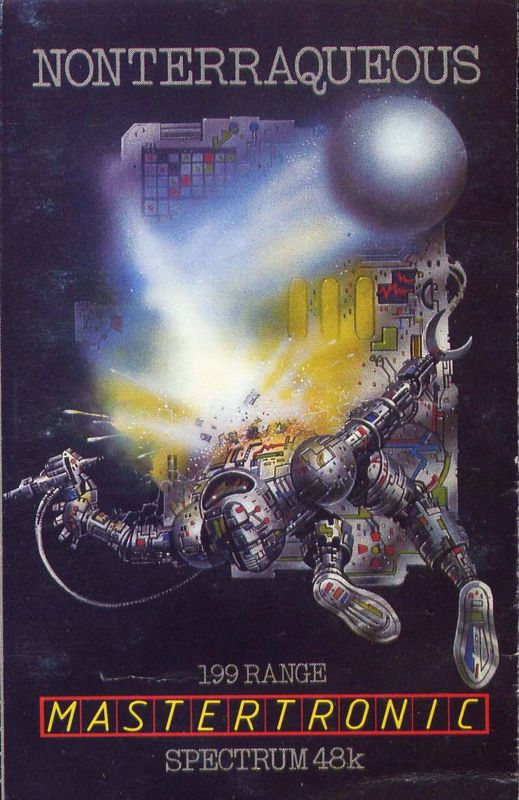
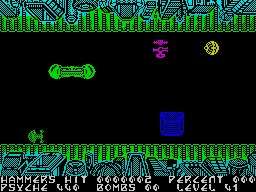
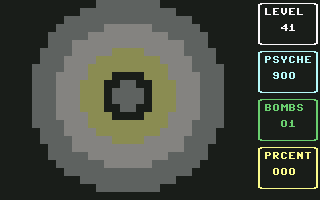
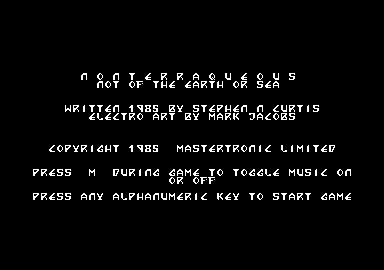
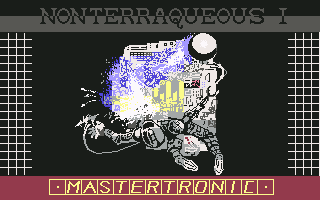
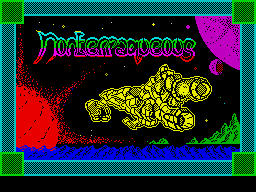



Reviews
There are no reviews yet.